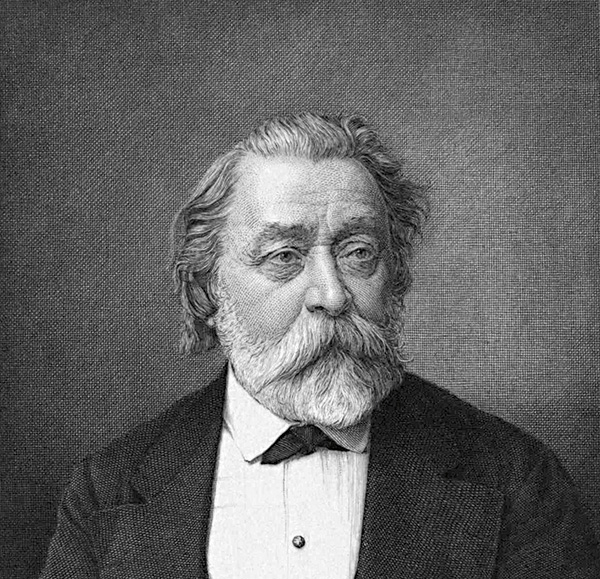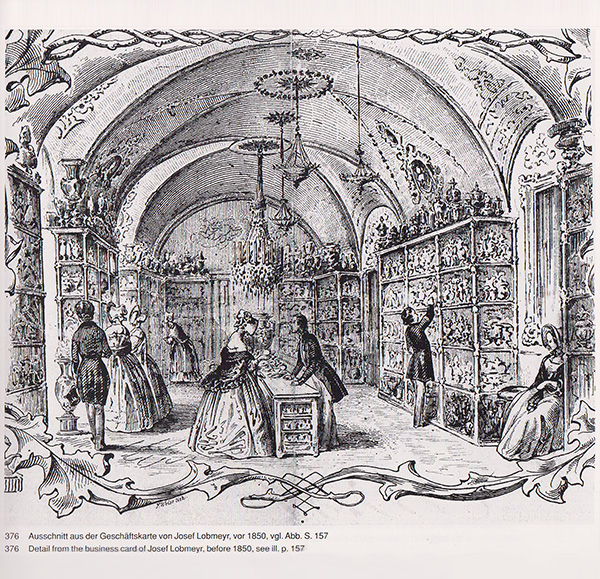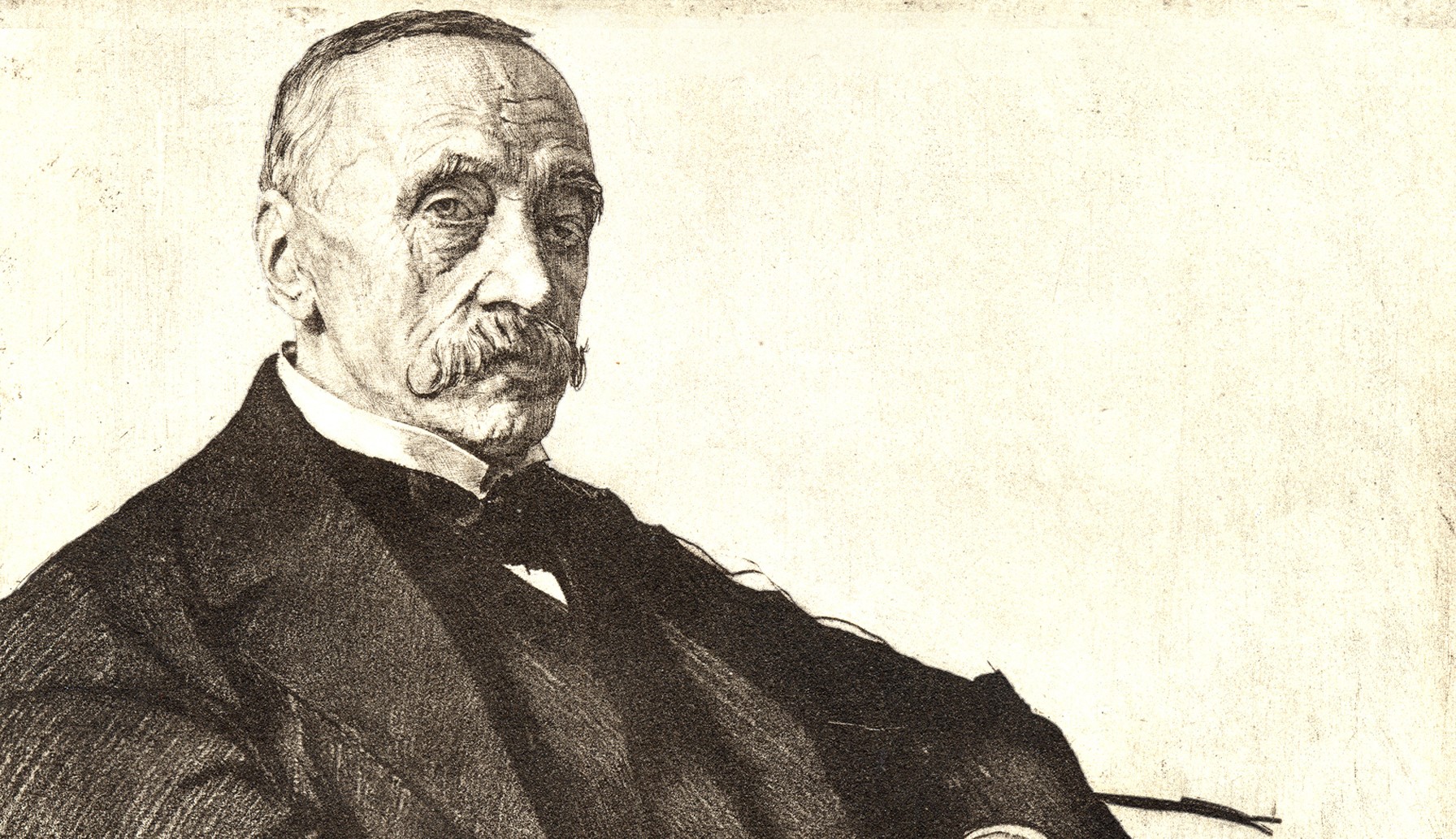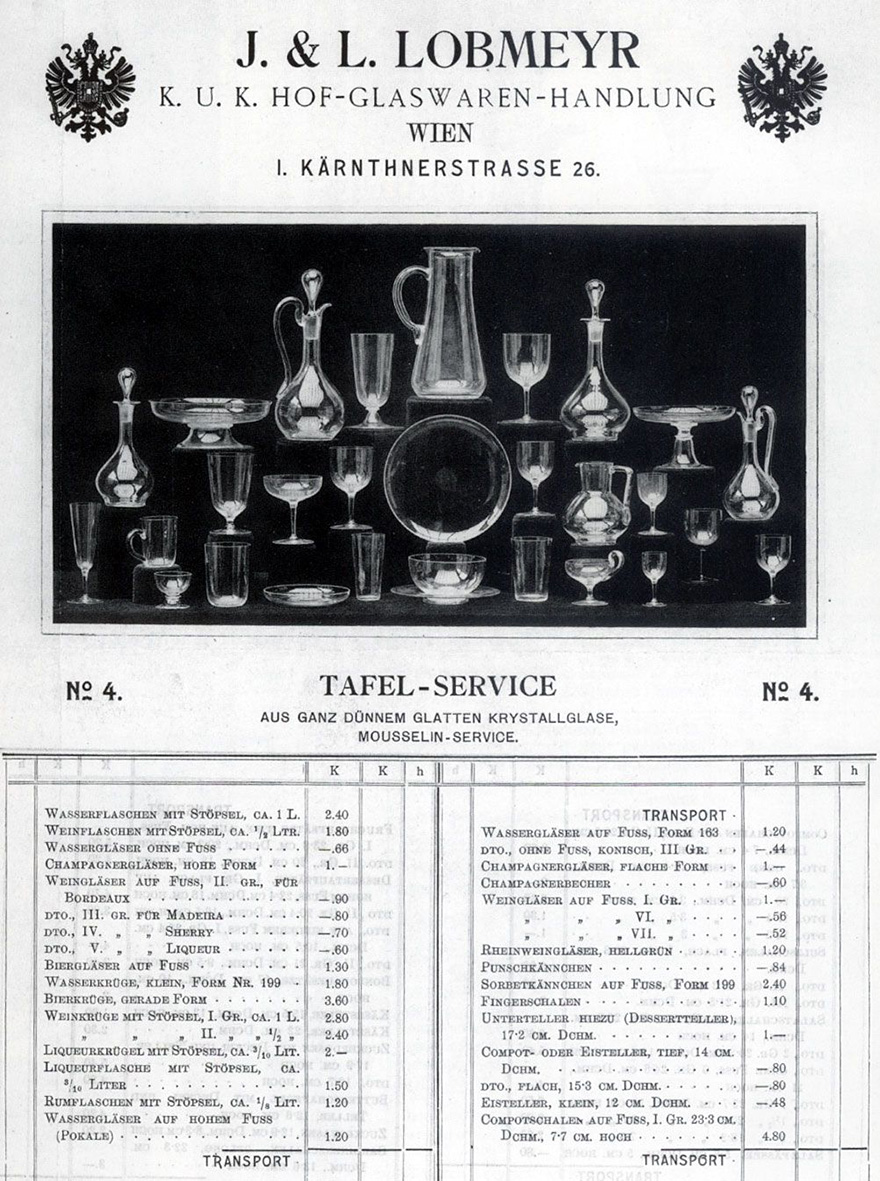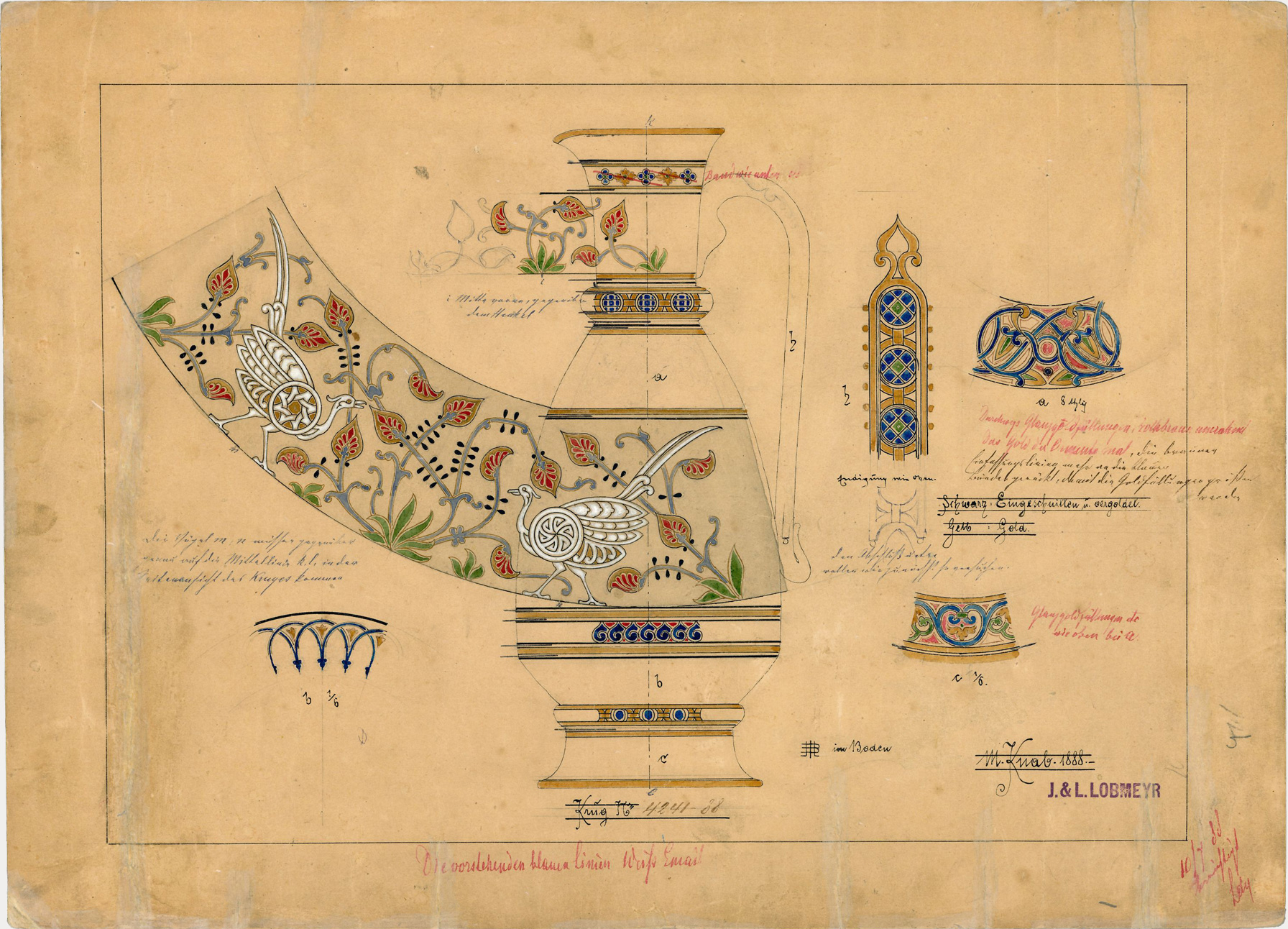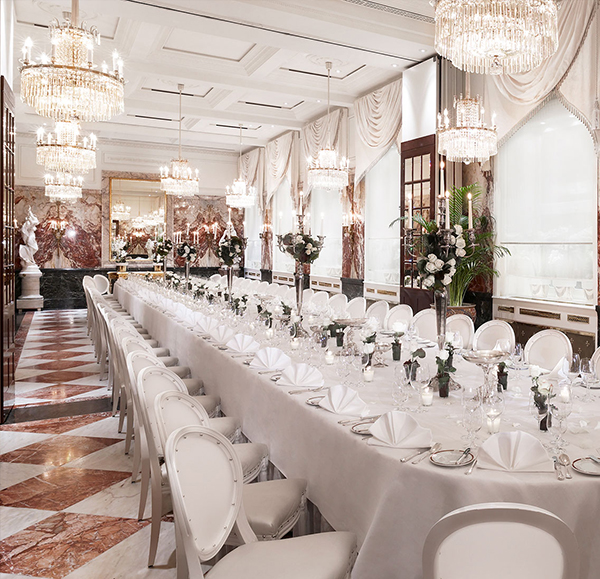
Login
NEW CUSTOMERS
By creating an account with our store, you will be able to move through the checkout process faster, store multiple shipping addresses, view and track your orders in your account and more.
CREATE AN ACCOUNTSEARCH
Shopping cart
1855–1902
Ludwig and Josef Lobmeyr
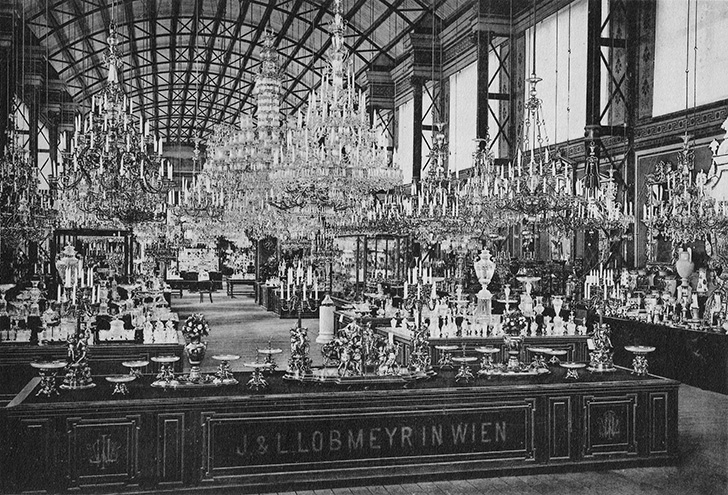
Ludwig Lobmeyr, son of the company founder, became one of the most important protagonists of Austrian-Bohemian glass production, presenting the company at the first ever world exhibitions in the mid-nineteenth century. He worked with the builders of Vienna’s Ring Road and in 1864 co-founded what is now the Museum of Applied Arts in Vienna.
Business Thrives
After the death of their father in 1855, sons Josef Jr. and Ludwig took on the company’s operation. They expanded the shop at Kärntner Straße 13 (today an Apple store), and supplemented the existing range of cut and engraved drinking services with a diverse array of crystal chandeliers. Until his early death in 1864, Josef Jr. was responsible for exports to, among other places, the Middle East. Ludwig, who had studied drawing, dedicated himself to tasks related to production and design, with around 100 drinking sets flowing from his pen. For example, in 1856, Lobmeyr made its first muslin glass service (Drinking Set No. 4), which was extremely modern for its time and remains popular today.
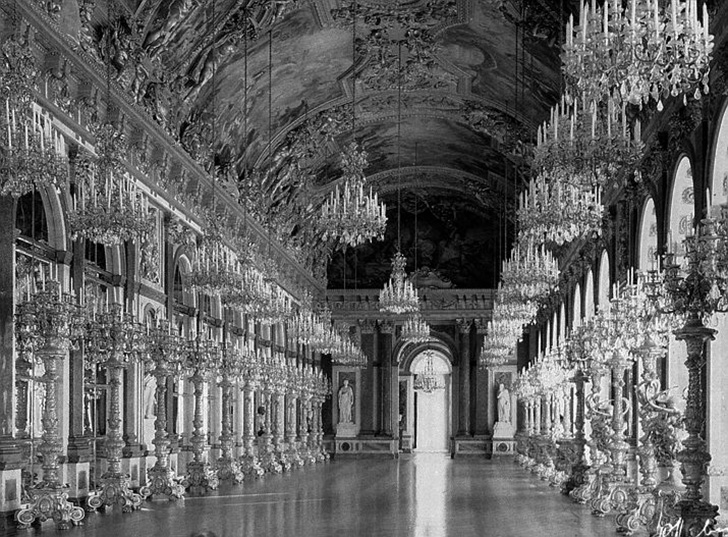
Vienna’s Golden Age of Glass
Ludwig Lobmeyr became partner in 1860. With the registration of the first company logo (“the grid brand”) in 1860, the company’s name was changed to “J. & L. Lobmeyr Imperial and Royal Glassware Supplier”.
Ludwig was closely intertwined with the cultural scene of his time. He co-founded the Austrian Museum of Art and Industry – today the MAK – and worked closely with the adjacent School of Arts and Crafts. Ludwig hosted regular “gentlemen’s evenings” for friends and well-known merchants, industrialists, artists, architects, musicians, and actors. It was the era when the Vienna Ringstraße was built, along with the specific style of Historicism associated with it. A number of the great architects and artists behind the new boulevard, such as Theophil von Hansen, Friedrich Schmidt, and Josef von Storck, also designed for Lobmeyr. Alongside Vienna, the company experienced a heyday.
International Acclaim
In the Ludwig Lobmeyr era, the main drivers of innovation were the world fairs, first in London in 1862, then in Paris in 1867, and finally in Vienna in 1873. Lobmeyr was met with success on the international stage at these important, taste-defining exhibitions.
The company was at the forefront of technical innovation in the last third of the nineteenth century: After an 1878 visit by Charles Taylor from the Paris branch of the Edison Company, the emperor commissioned electric lighting for the Redoutensäle ballrooms of the 1883 court ball – becoming an international sensation. The Hotel Sacher soon became the second customer to purchase electric chandeliers.
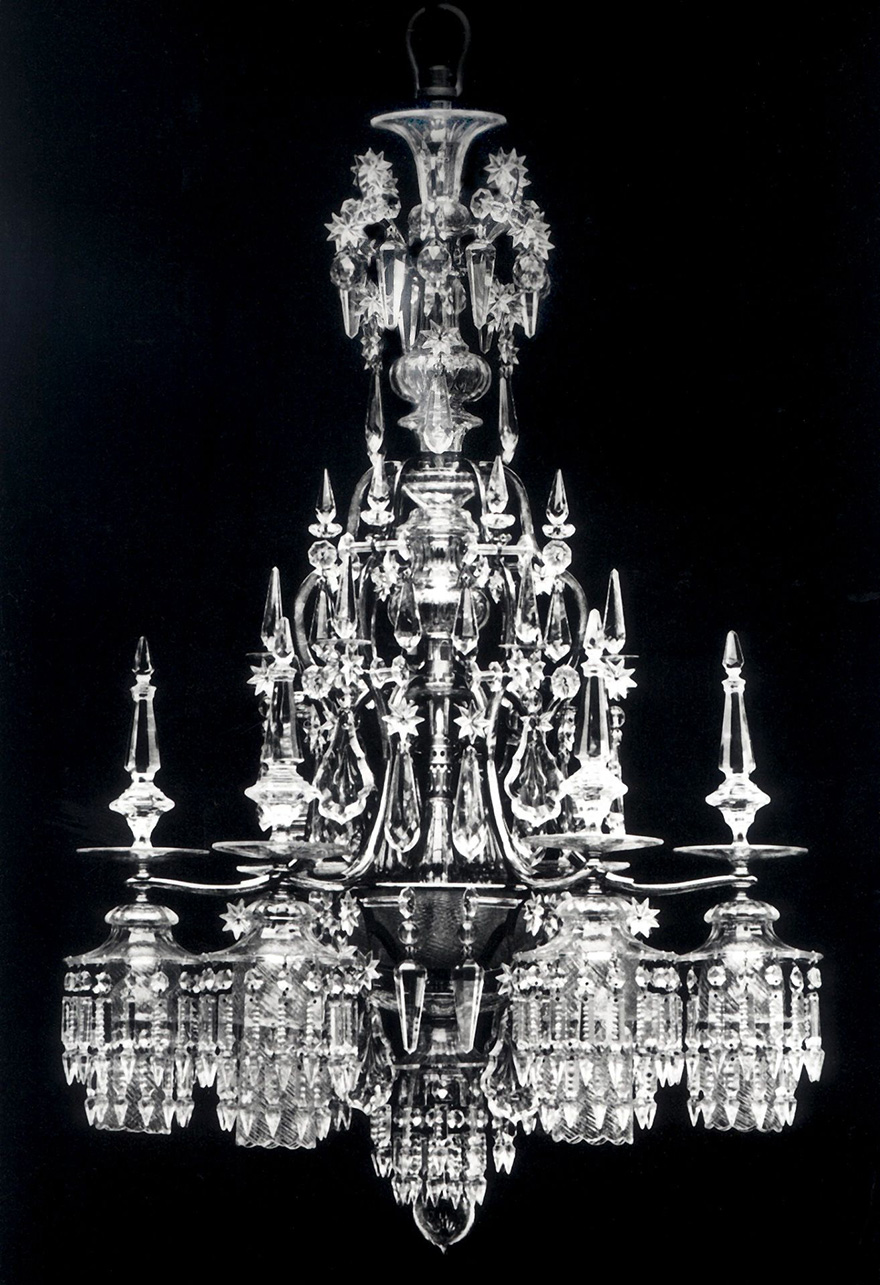
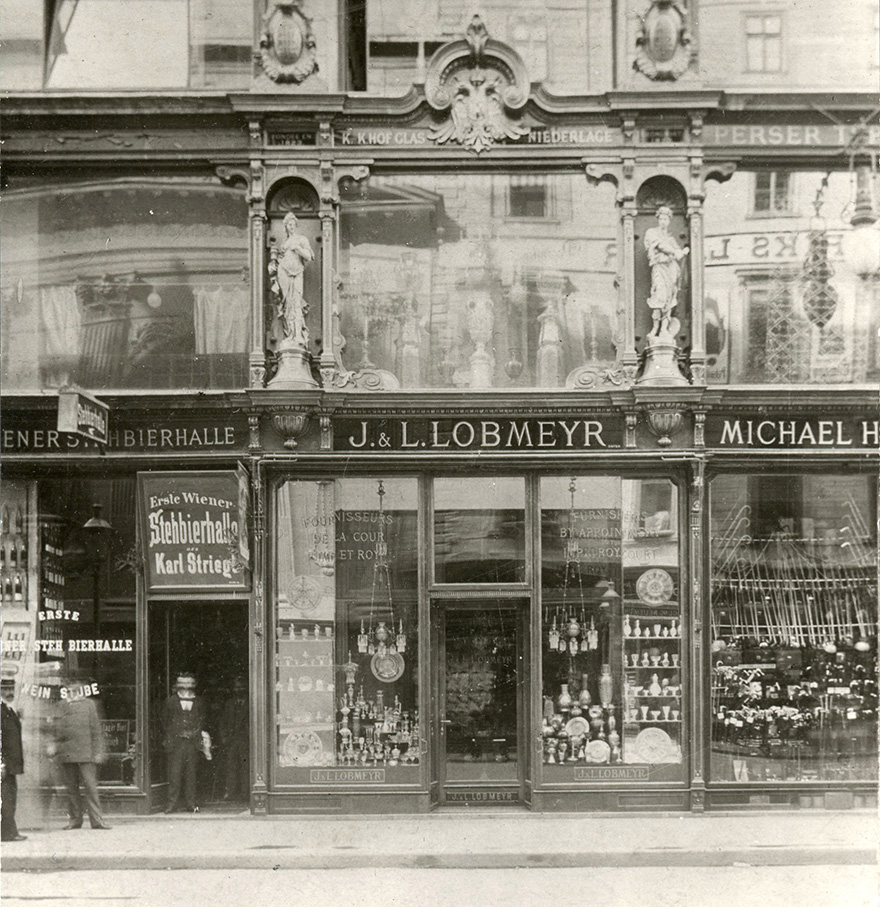
The Flagship Store
In 1895, the family business’s building was demolished to widen Kärntner Straße. After discussions with architect Otto Wagner, Ludwig moved the company into a newly built building at Kärntner Straße 26, today Lobmeyr’s flagship store.
STORIES
STORIES

